Computers have come a long way, thanks to many groundbreaking advancements. In this post, we’ll explore the top 10 computer innovations that changed the world — key inventions and technologies that shaped modern computing and continue to impact our daily lives.
The Microprocessor
The microprocessor is a small but powerful chip that serves as the central processing unit (CPU) of a computer. It performs millions of calculations every second, processing data and executing instructions. Invented in the early 1970s, the microprocessor revolutionized computing by replacing bulky, expensive hardware with a compact and efficient chip. This innovation made computers faster, smaller, and affordable, paving the way for the personal computer revolution.
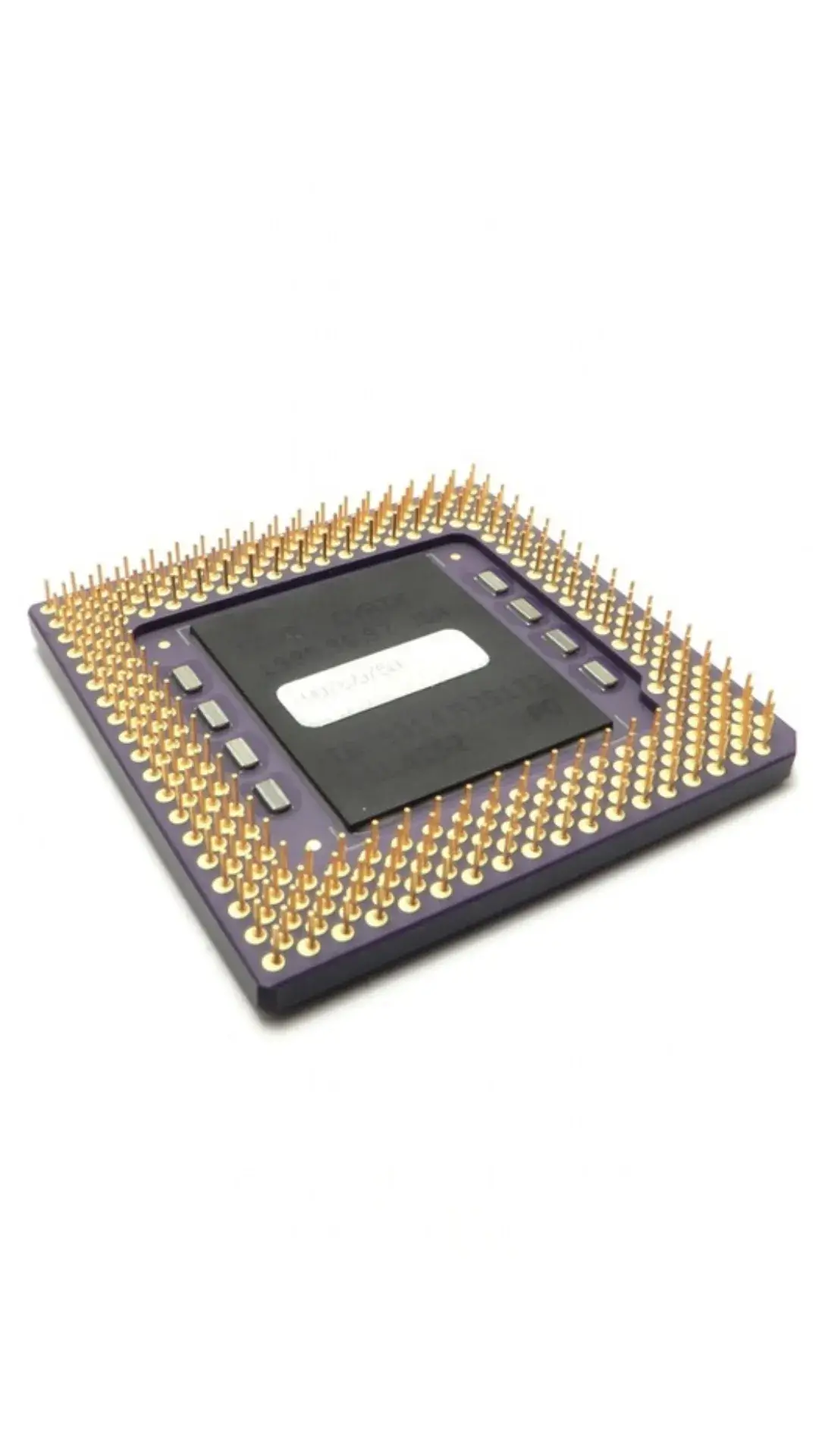
Graphical User Interface (GUI)
Before the development of the Graphical User Interface (GUI), computers were operated using text-based commands, which could be difficult and intimidating for many users. The introduction of GUI transformed this experience by allowing users to interact with computers through visual elements like windows, icons, and menus. This made computers much easier to use and accessible to a wider audience, including those without technical backgrounds.
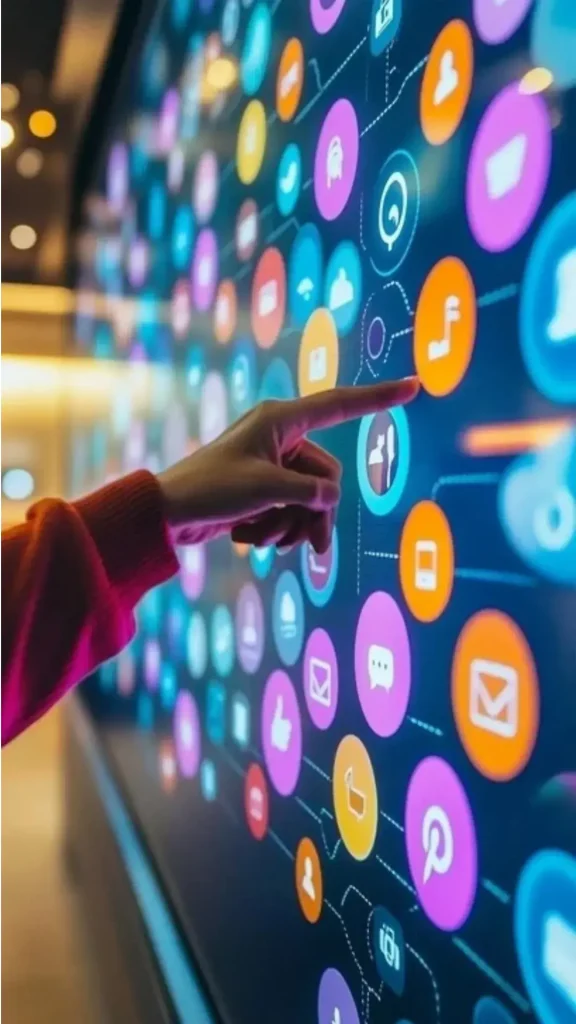
The Internet
The internet is a vast network that connects millions of computers worldwide, allowing them to communicate and share information instantly. It revolutionized the way people access knowledge, communicate with others, and use various online services. From sending emails to streaming videos, the internet has become an essential part of everyday life and has transformed industries across the globe.
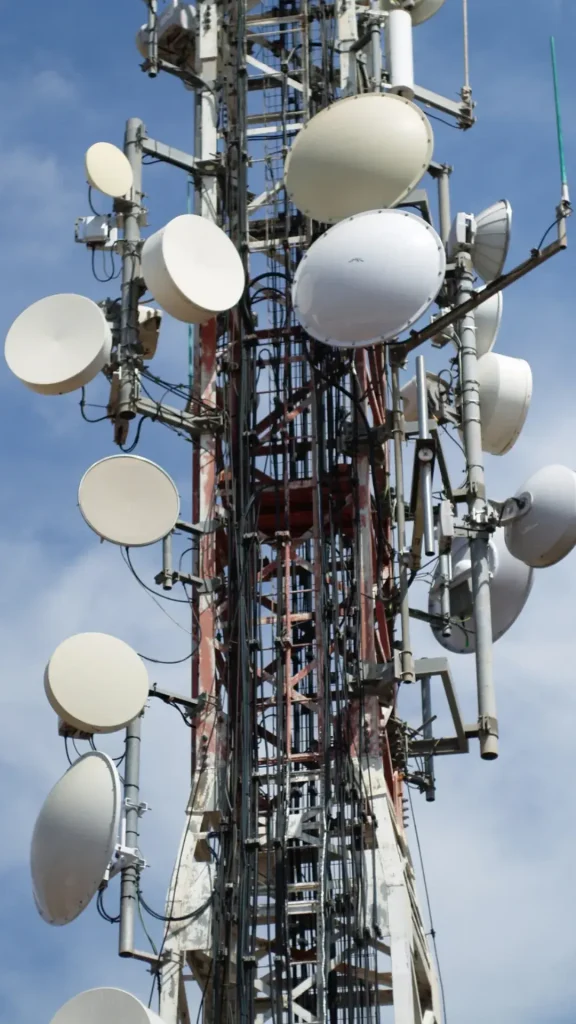
Personal Computer (PC)
The personal computer (PC) made computing accessible to individuals and small businesses by providing affordable and user-friendly machines. Introduced in the late 1970s and early 1980s, PCs transformed productivity, enabling tasks like word processing, spreadsheets, and graphic design. They also revolutionized entertainment with gaming and multimedia applications, becoming a staple in homes and offices worldwide.

Hard Disk Drive (HDD)
The hard disk drive (HDD) introduced a reliable and efficient way to store large amounts of data on computers. Unlike earlier storage methods, HDDs offered much faster access speeds and greater capacity, making it possible to save everything from documents to multimedia files. This innovation was critical for the growth of personal and business computing.
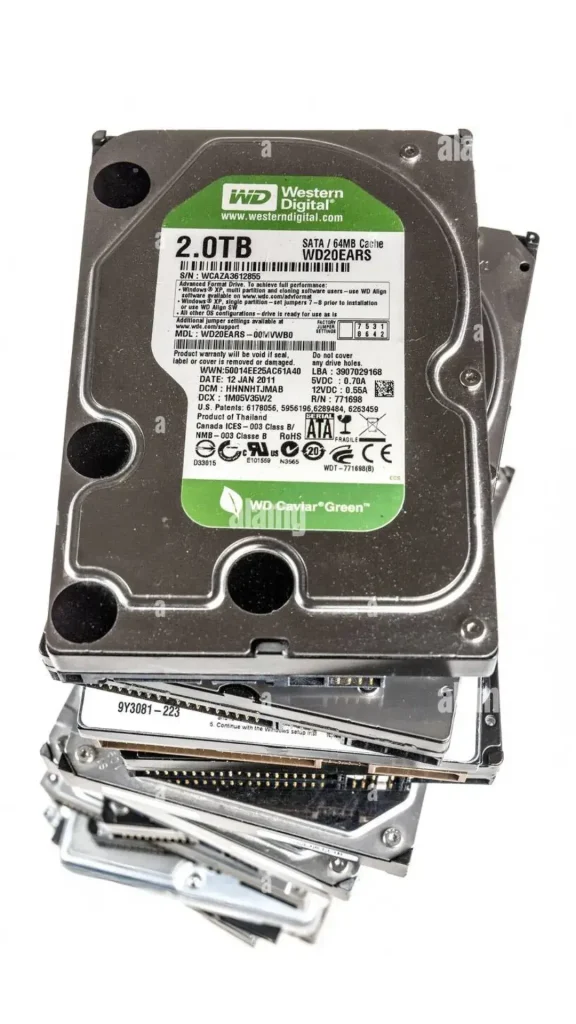
Cloud Computing
Cloud computing enables users to store data and run applications over the internet instead of relying solely on their local devices. This technology offers greater flexibility by allowing access to files and software from anywhere, on any device. It also promotes collaboration by letting multiple users work on the same data in real time, transforming how businesses and individuals manage information.
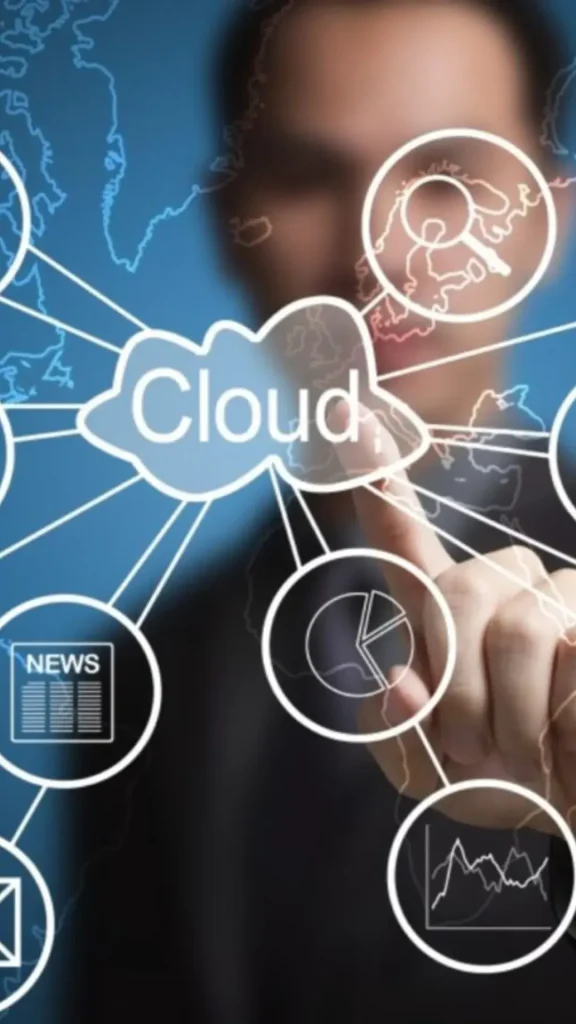
Wi-Fi Technology
Wi-Fi technology allows devices to connect to the internet wirelessly, eliminating the need for cables. This innovation provides users with mobility and convenience, enabling internet access anywhere within range — at home, in offices, cafes, and public spaces. Wi-Fi has become essential for modern connectivity, supporting smartphones, laptops, and smart devices.

The Computer Mouse
The computer mouse revolutionized how users interact with computers by providing a simple, intuitive way to control the cursor on screen. Introduced alongside the graphical user interface (GUI), the mouse made navigating windows, icons, and menus much easier. Over time, the design of the mouse has evolved from bulky early models to sleek, wireless devices used today.
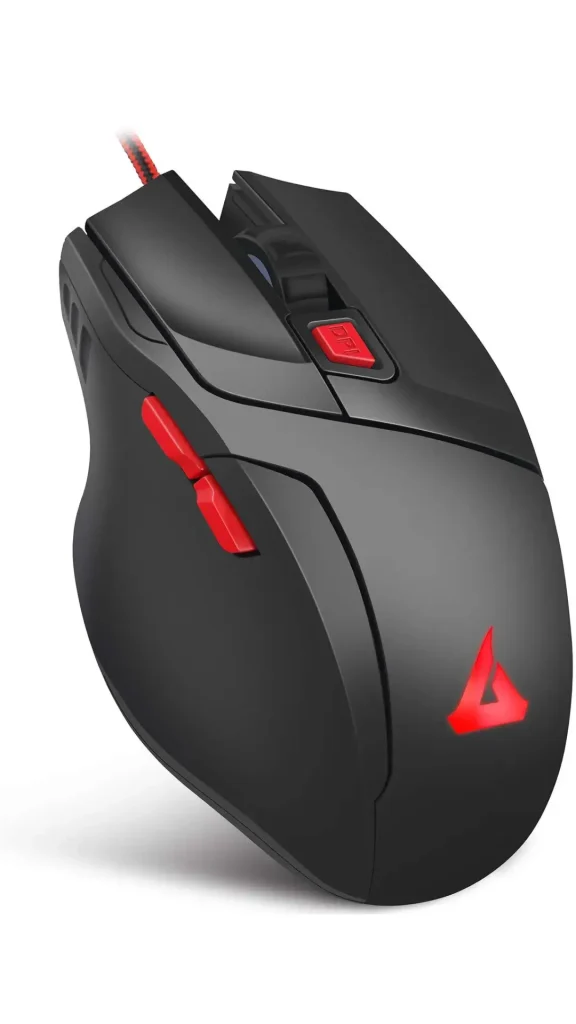
Open-Source Software
Open-source software is made available with source code that anyone can inspect, modify, and enhance. This collaborative approach accelerates innovation by allowing developers worldwide to contribute improvements and fix issues. Popular open-source projects like Linux and Mozilla Firefox have had a significant impact on computing, offering free and customizable alternatives to proprietary software.
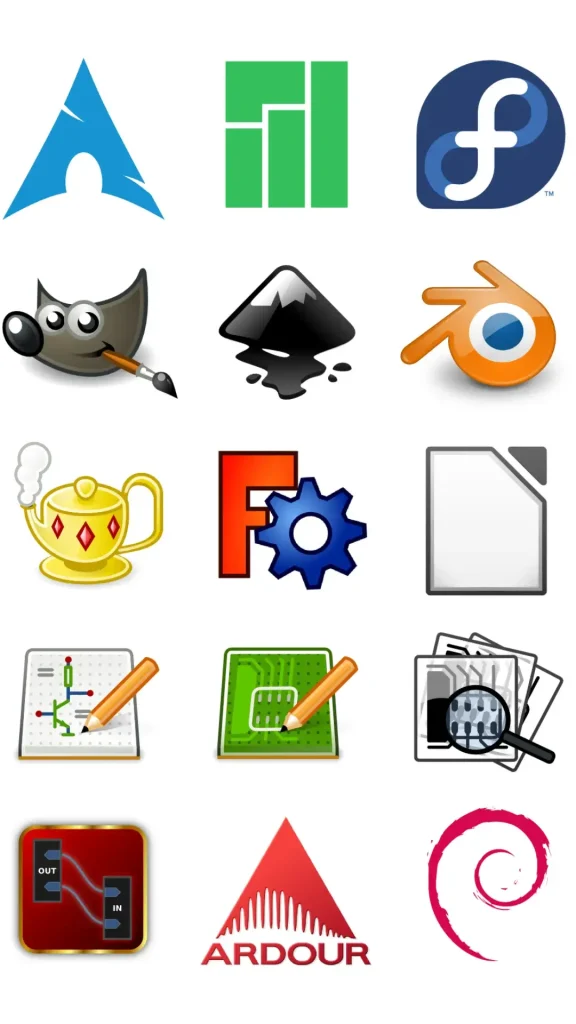
Artificial Intelligence (AI)
Artificial Intelligence (AI) allows computers to mimic human intelligence by learning from data, recognizing patterns, and making decisions. Integrating AI into computing has transformed industries like healthcare, finance, and manufacturing. It powers applications such as virtual assistants, image recognition, and automated systems, making everyday life smarter and more efficient.
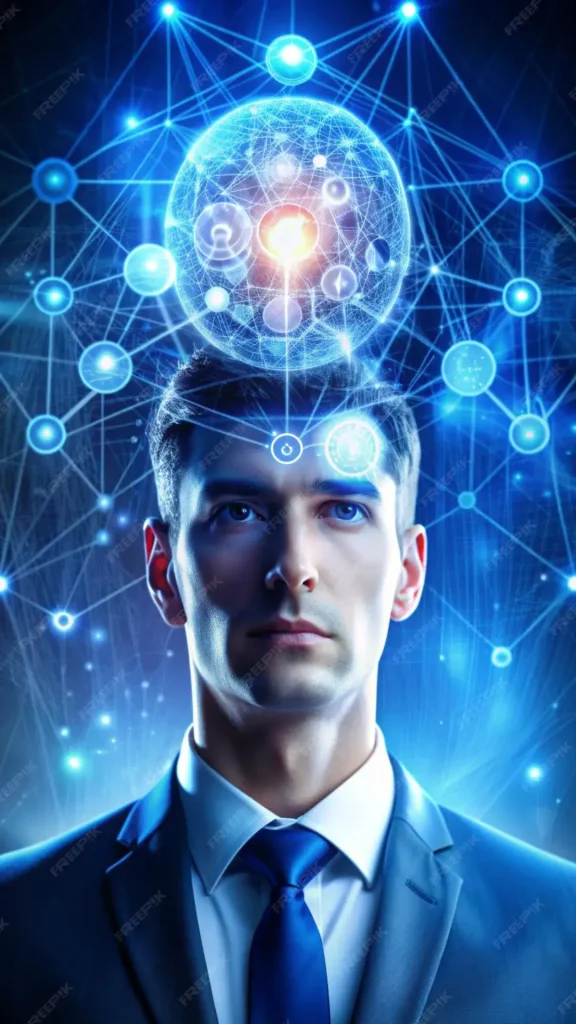
Conclusion
The top 10 computer innovations that changed the world have shaped the technology we use every day. From the microprocessor that made personal computers possible to the rise of artificial intelligence transforming industries, these breakthroughs have revolutionized how we work, communicate, and live. Understanding these key innovations helps us appreciate the incredible progress in computing and inspires excitement for the future of technology.
